Abstract Sketches
Friday, February 26th, 2010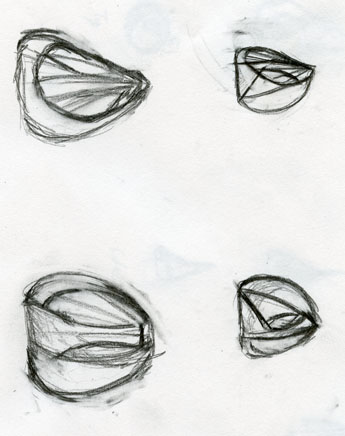
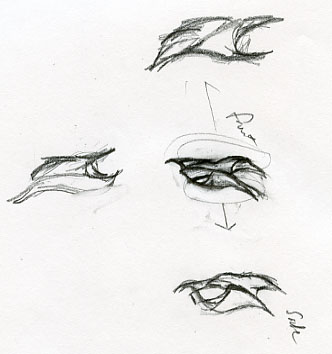

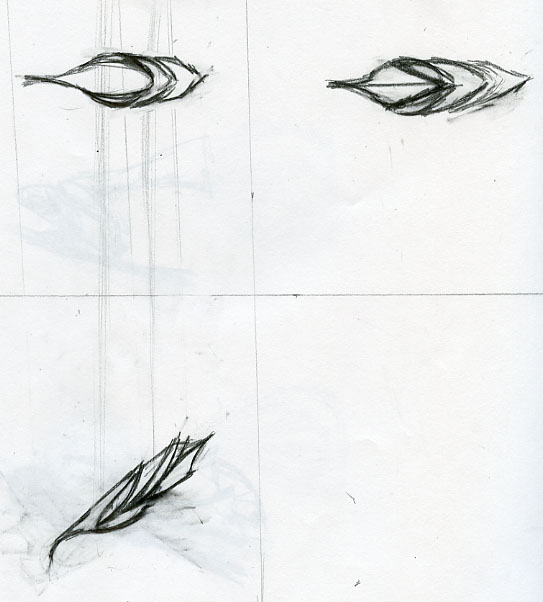




Barbara Hepworth was a British artist who did much for the abstract sculptural movements in Britain. I am attracted to her work, because it is very organic looking, but still has hints of formal structure and geometric form. Much of what she does turns out looking like a fruit or a part of a plant or a cross-section of a living thing. Her work interests me, because it has this sort of creepy alien feel to it. There is structure to it that is distinct of something that has been formed deliberately outside of nature, but it seems as if it is from a completely different, out of this world type of culture. Almost as if aliens had left what primitive art they had left on our planet. That primitive art would be Barbara Hepworth’s collection.

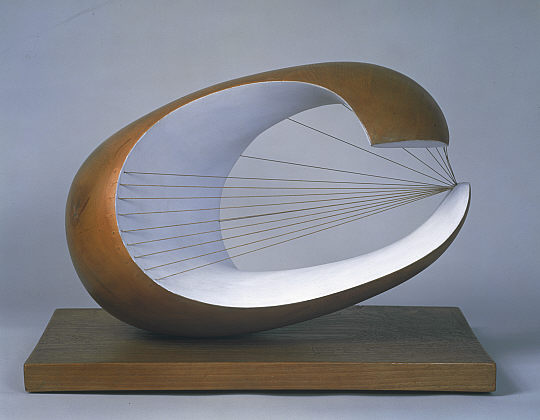
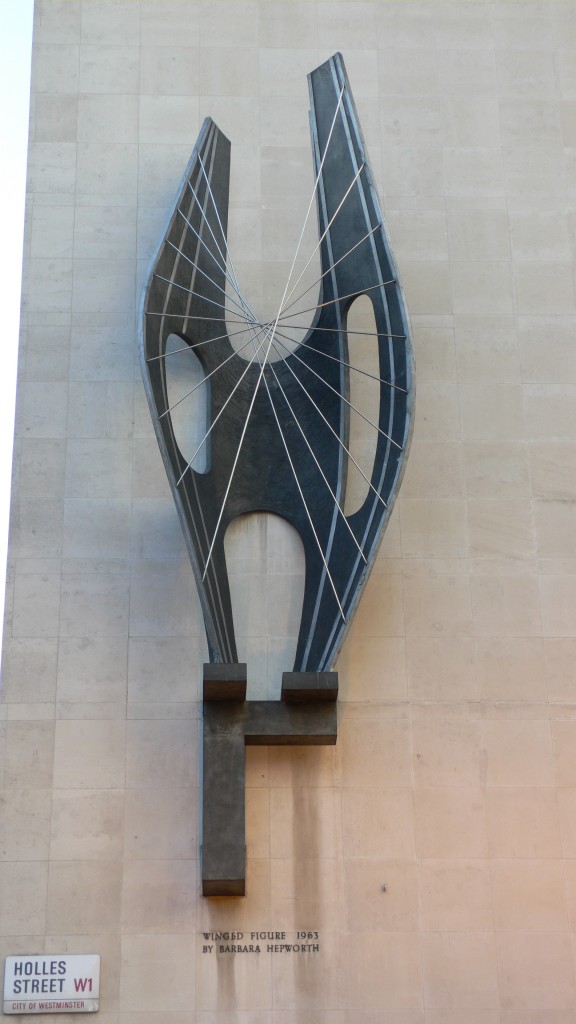
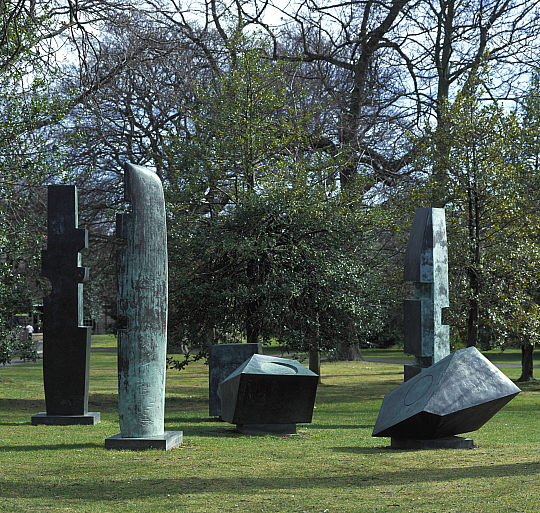
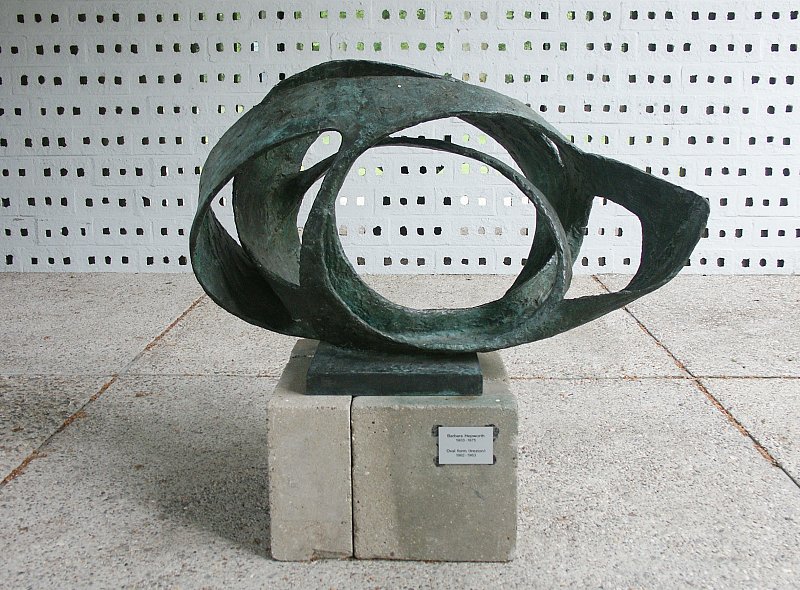
Vladimir Tatlin was an artist who lived in soviet Russia. Unfortunately for him Soviet Russia was particularly interested in his work. He left behind a workshop of work, but little of it was actualized. He painted, sculpted and invented. However he most notably known for his design for a tower that was supposed to stand in St. Petersburg
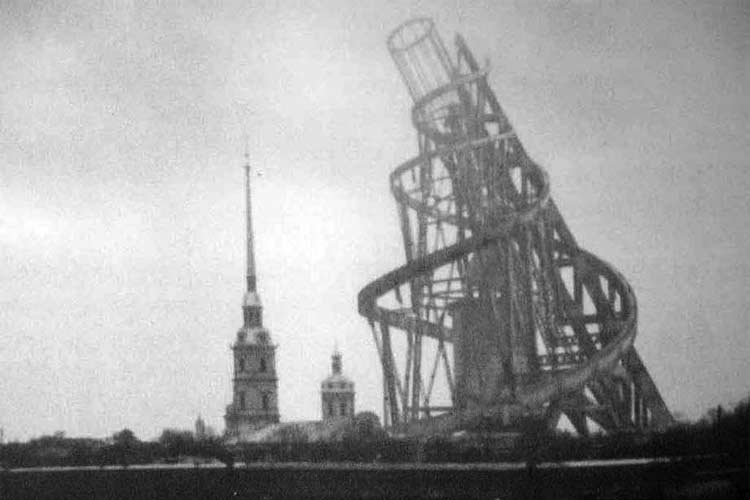 Other works of his are avante Garde sculptures and reliefs.
Other works of his are avante Garde sculptures and reliefs.
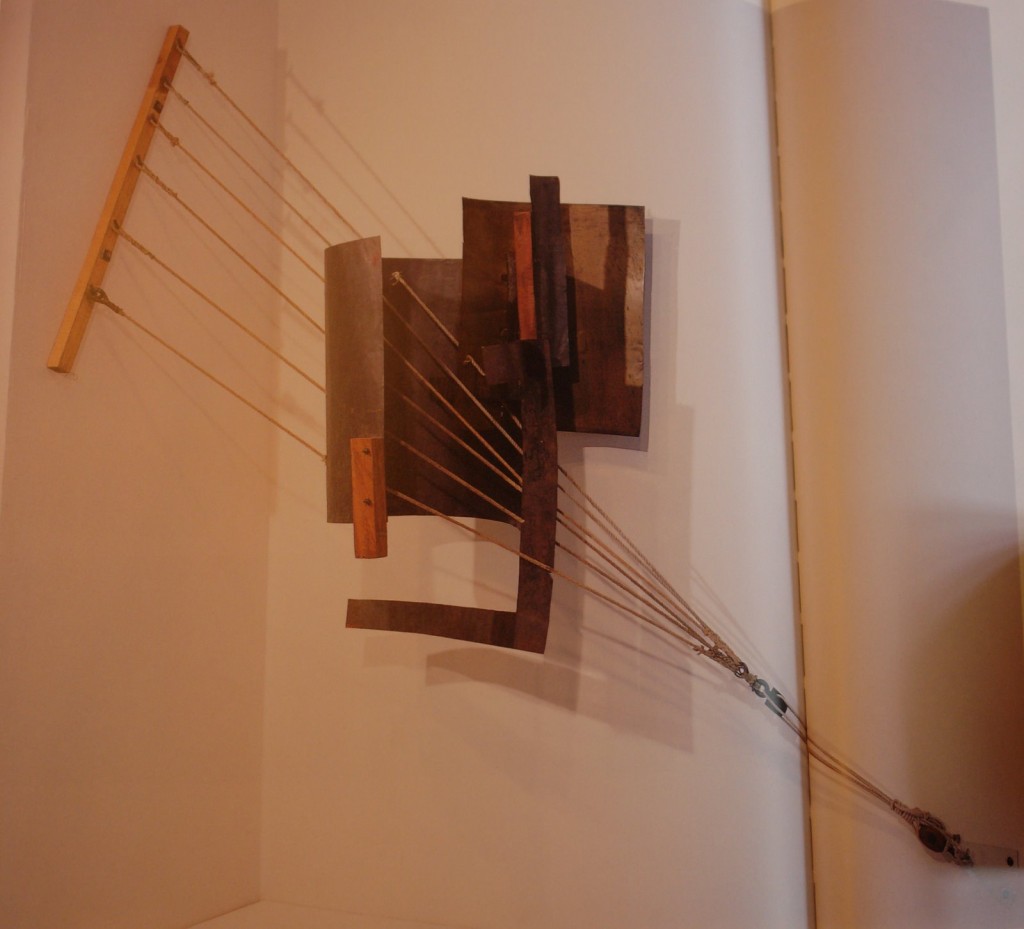
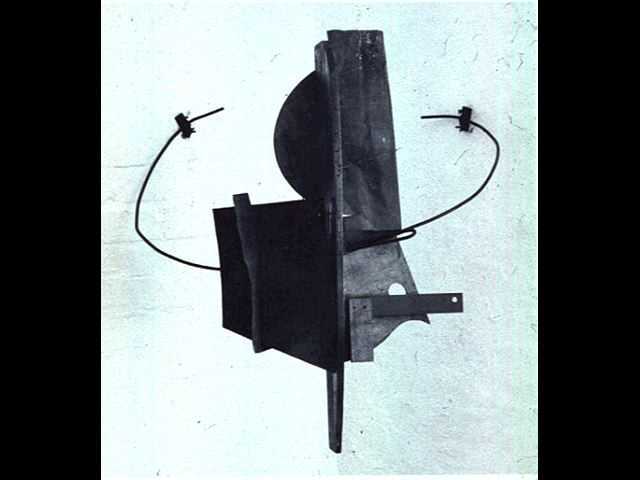

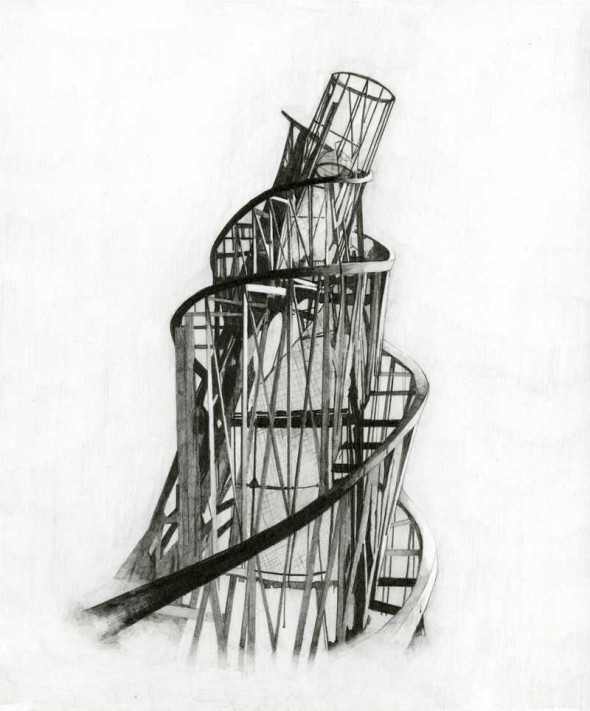
Tatlin’s work looks like modern architecture, yet he was doing this in the 1900’s. His innovative style employing geometric forms and curves appealed to me greatly. Not only looking aesthetically pleasing, but also as if they could perform some sort of industrial function.
A Ukrainian artist who found himself in cubism Alexander Archipenko soon became a leading cubist sculptor in the movement.
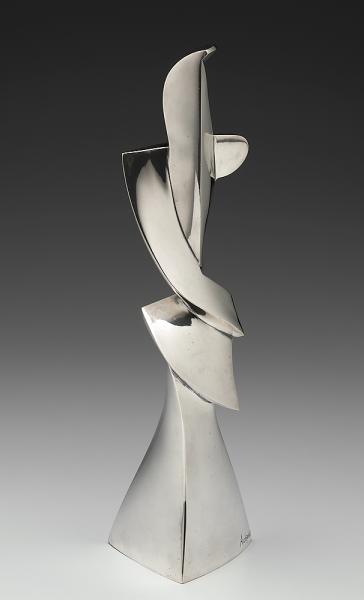
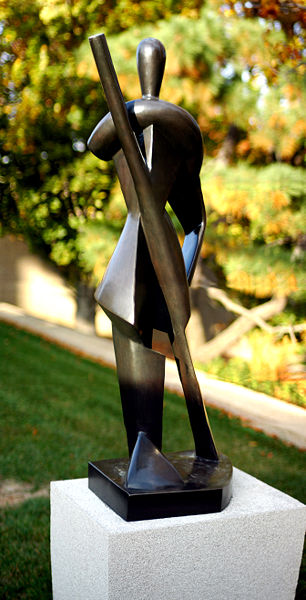

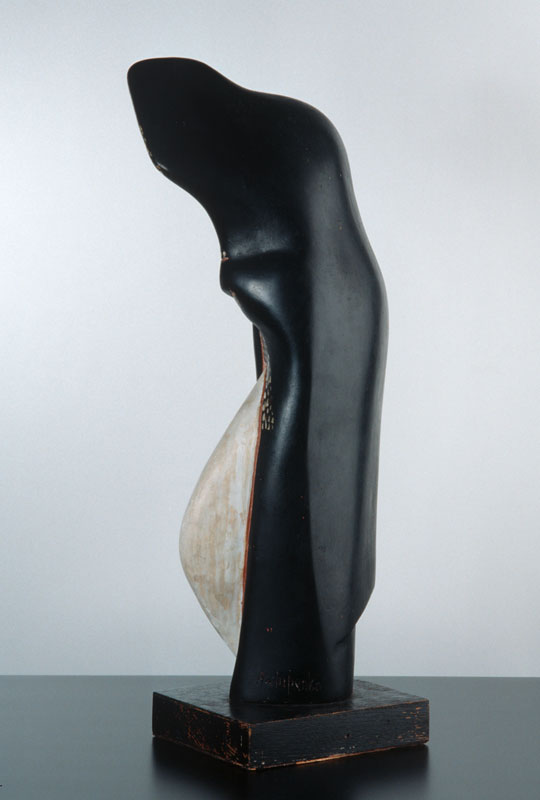 What attracts me to Archipenko’s work is that it is a synthesis of geometric and figural forms. His work seems extremely neat and tidy. Also he is very minimalistic in form. Yet when compared with Eva Hesse and David Smith Archipenko definitely has much more polish to his work. It looks like a finished product instead of something that somebody found and welded together. The main reason for this is the humanity in his work. Human figures lone themselves to his work and make it much more interesting. Instead of looking at a clump of geometric forms and wondering what they mean we look at his and see simplified humans, and understand them simply.
What attracts me to Archipenko’s work is that it is a synthesis of geometric and figural forms. His work seems extremely neat and tidy. Also he is very minimalistic in form. Yet when compared with Eva Hesse and David Smith Archipenko definitely has much more polish to his work. It looks like a finished product instead of something that somebody found and welded together. The main reason for this is the humanity in his work. Human figures lone themselves to his work and make it much more interesting. Instead of looking at a clump of geometric forms and wondering what they mean we look at his and see simplified humans, and understand them simply.
David Smith reigned in minimalism in the years following WWII. Most of his works were composed of welded materials, a skill he honed from previously working as an automobile welder. After seeing some of Picasso’s work Smith was inspired to continue with his own ideas. Despite his climbing success David Smith’s style had still not completely been flushed out allowing for a great diversity in his work.
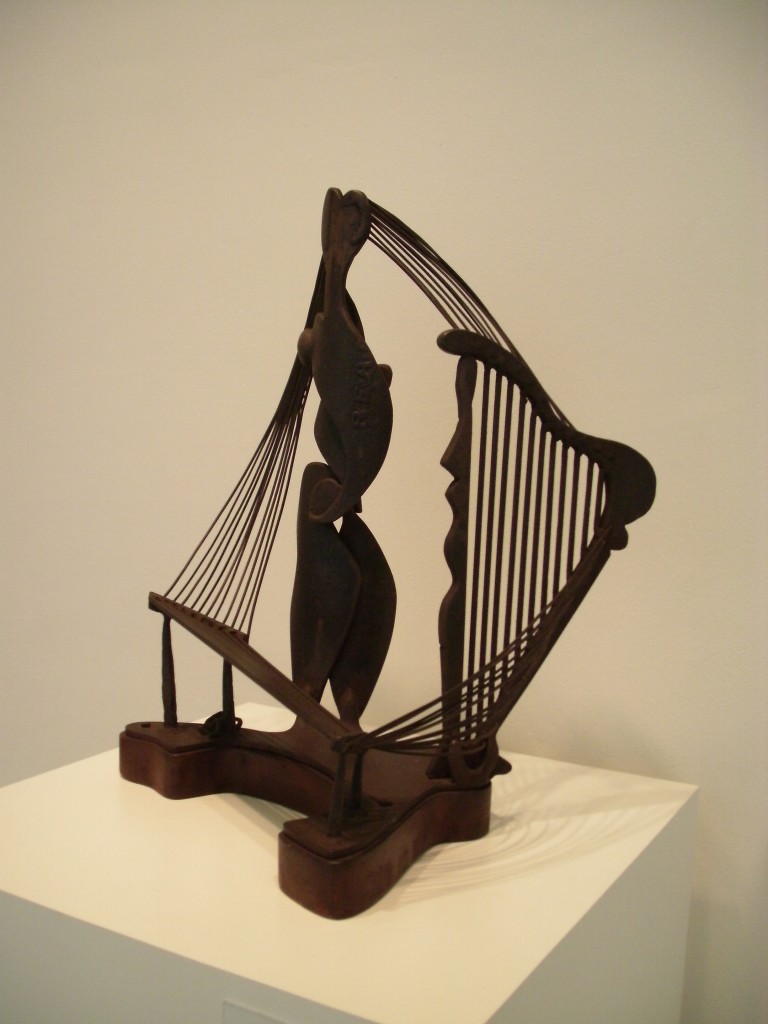
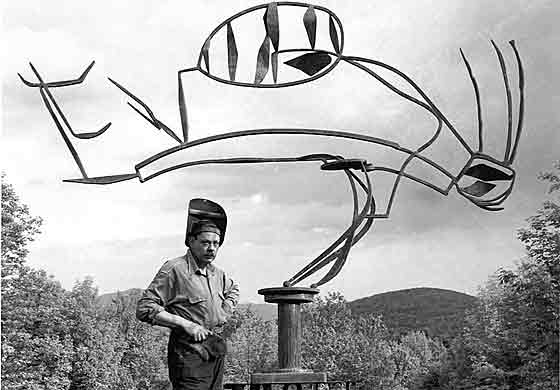

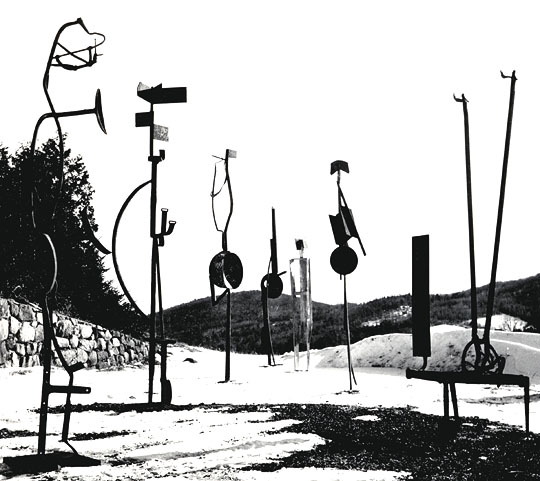 There is much to be said about David Smith’s work, because of his range of styles it is hard to evaluate him. More pleasing to me are his geometric works that are similar to the top sculpture. Even though I am partial to some of his work there is an underlying style that encompasses all the different genres of his work. This underlying skeleton is the elegance that he works the metal of his sculptures. While at times he leans towards this movement or that movement in art ultimately he has defined that attempt at this or that as “his”. This property is what attracts me to his work. Seeing a diverse group of aesthetics linked together by common ground.
There is much to be said about David Smith’s work, because of his range of styles it is hard to evaluate him. More pleasing to me are his geometric works that are similar to the top sculpture. Even though I am partial to some of his work there is an underlying style that encompasses all the different genres of his work. This underlying skeleton is the elegance that he works the metal of his sculptures. While at times he leans towards this movement or that movement in art ultimately he has defined that attempt at this or that as “his”. This property is what attracts me to his work. Seeing a diverse group of aesthetics linked together by common ground.
Born 1936 in Germany and dying a short 34 years later of Cancer Eva lived a vibrant life. Though her time with us was brief she left an impressive body of work that we might know her by.
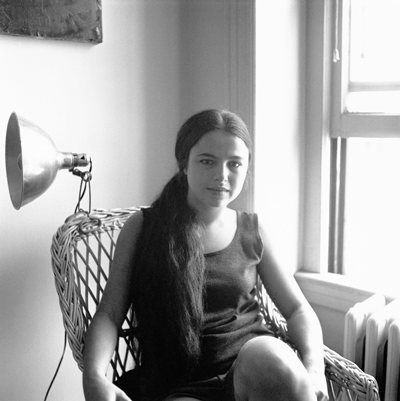
As sculpture took its plunge into the modern world Eva Hesse was not far behind. She, a pioneer of minimalism, was a leader in pushing the definition of sculpture. Repeated, simplistic designs and new materials are her trademark.
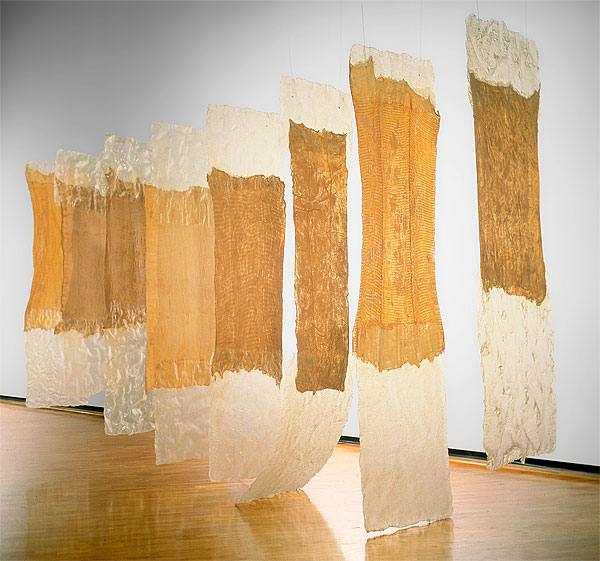
Grand sculptures had the stereotypes connected with that of edifices. Large, impending, masculine forms defined the great sculptures of the past, but Eva turned that on its head.
 Much of her work is composed of newly engineered materials, plastics, such as latex. Also Eva utilized string quite a bit in her work. Her unique materials allowed her to create sculpture that stretched, and encompassed much more than previous sculpture. It was quite possible for her to use a small amount of material and fill a large space.
Much of her work is composed of newly engineered materials, plastics, such as latex. Also Eva utilized string quite a bit in her work. Her unique materials allowed her to create sculpture that stretched, and encompassed much more than previous sculpture. It was quite possible for her to use a small amount of material and fill a large space.
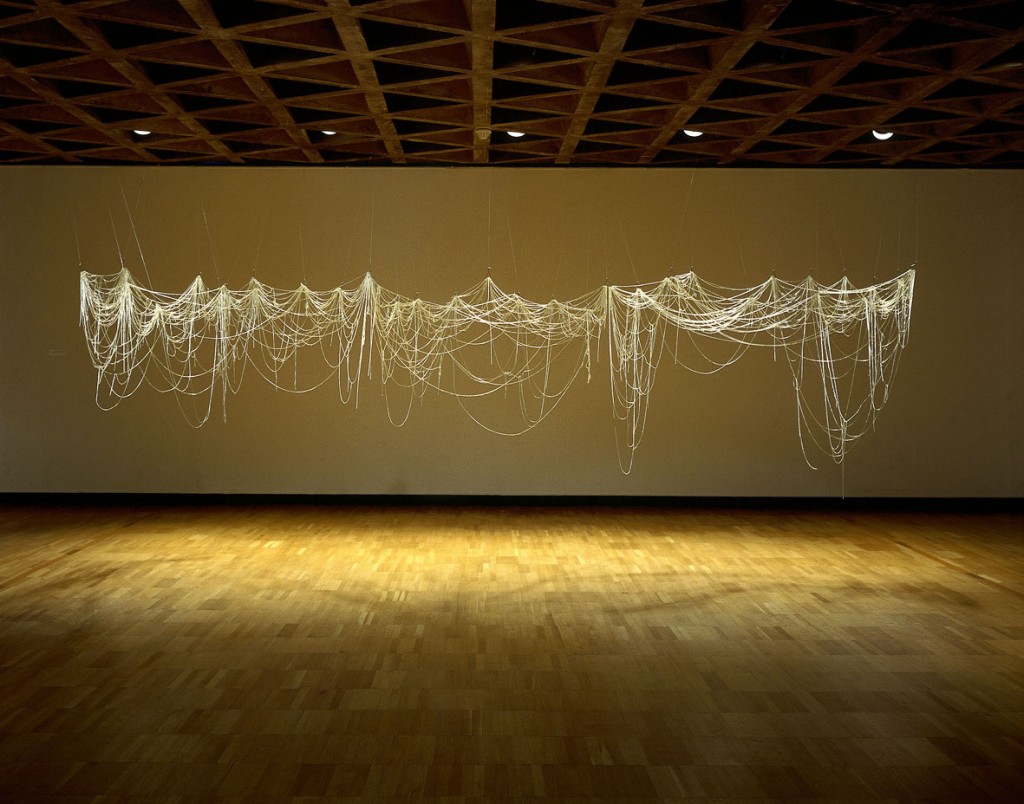 Particularly, the originality that she displays in her work is why she is remembered. Never before had a sculpture looked so light yet monstrous, or simple in design.
Particularly, the originality that she displays in her work is why she is remembered. Never before had a sculpture looked so light yet monstrous, or simple in design.
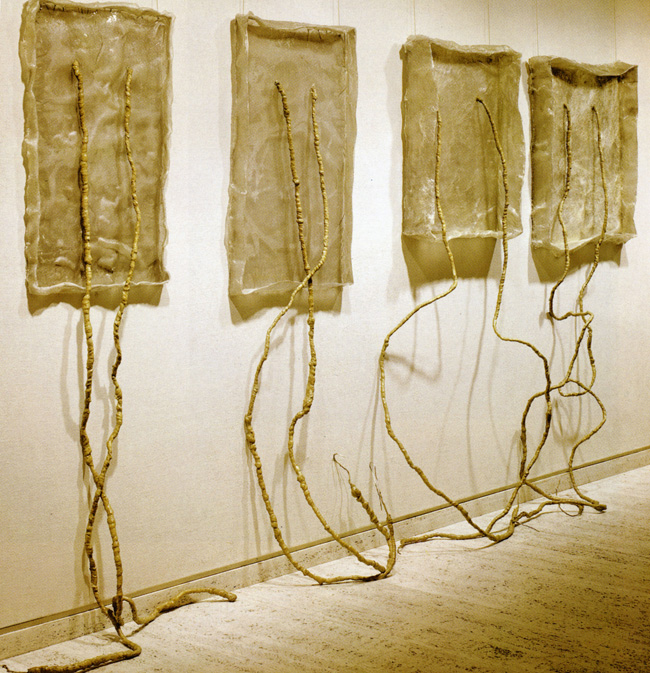
The shape and design of her sculpture forces us to redefine what sculpture is.
